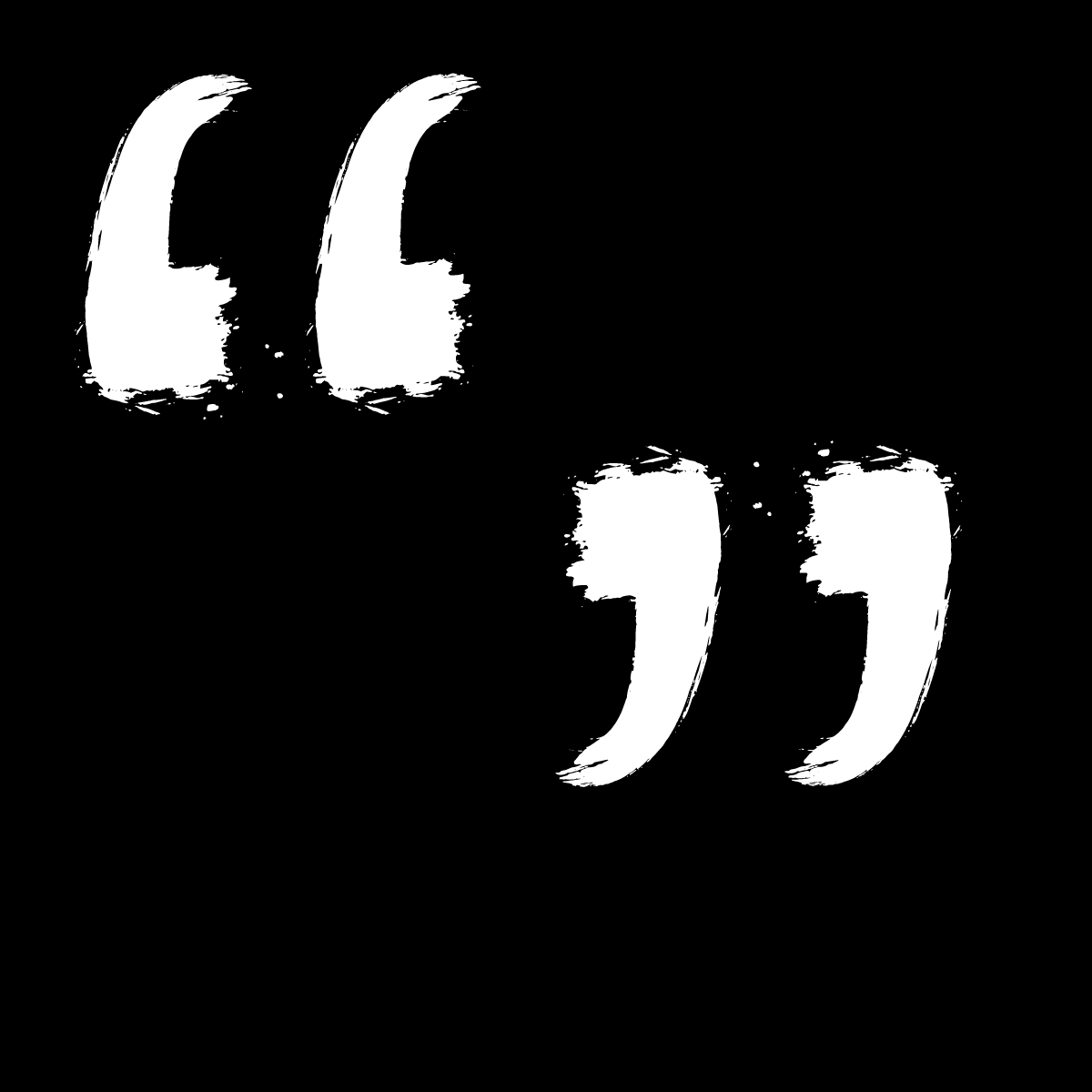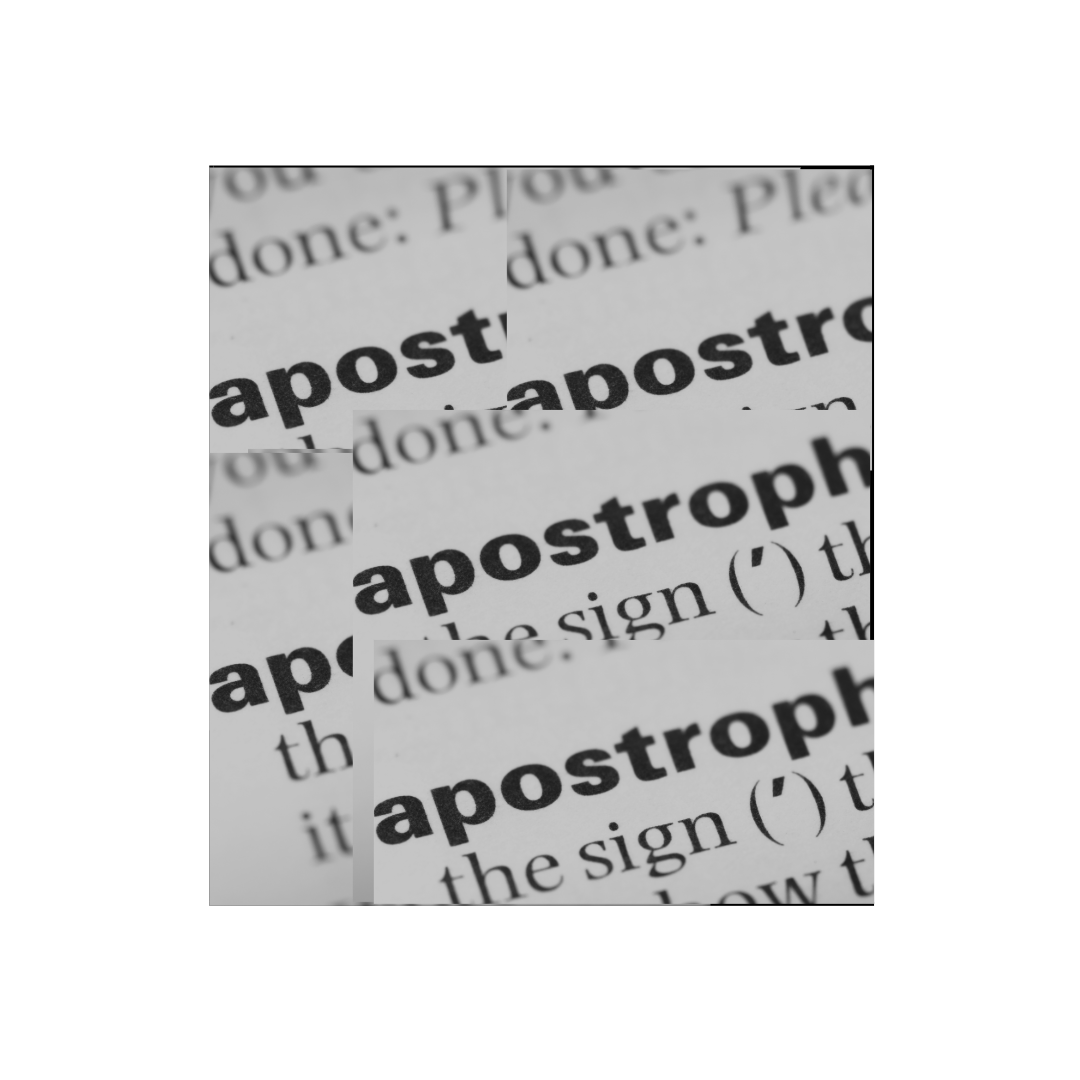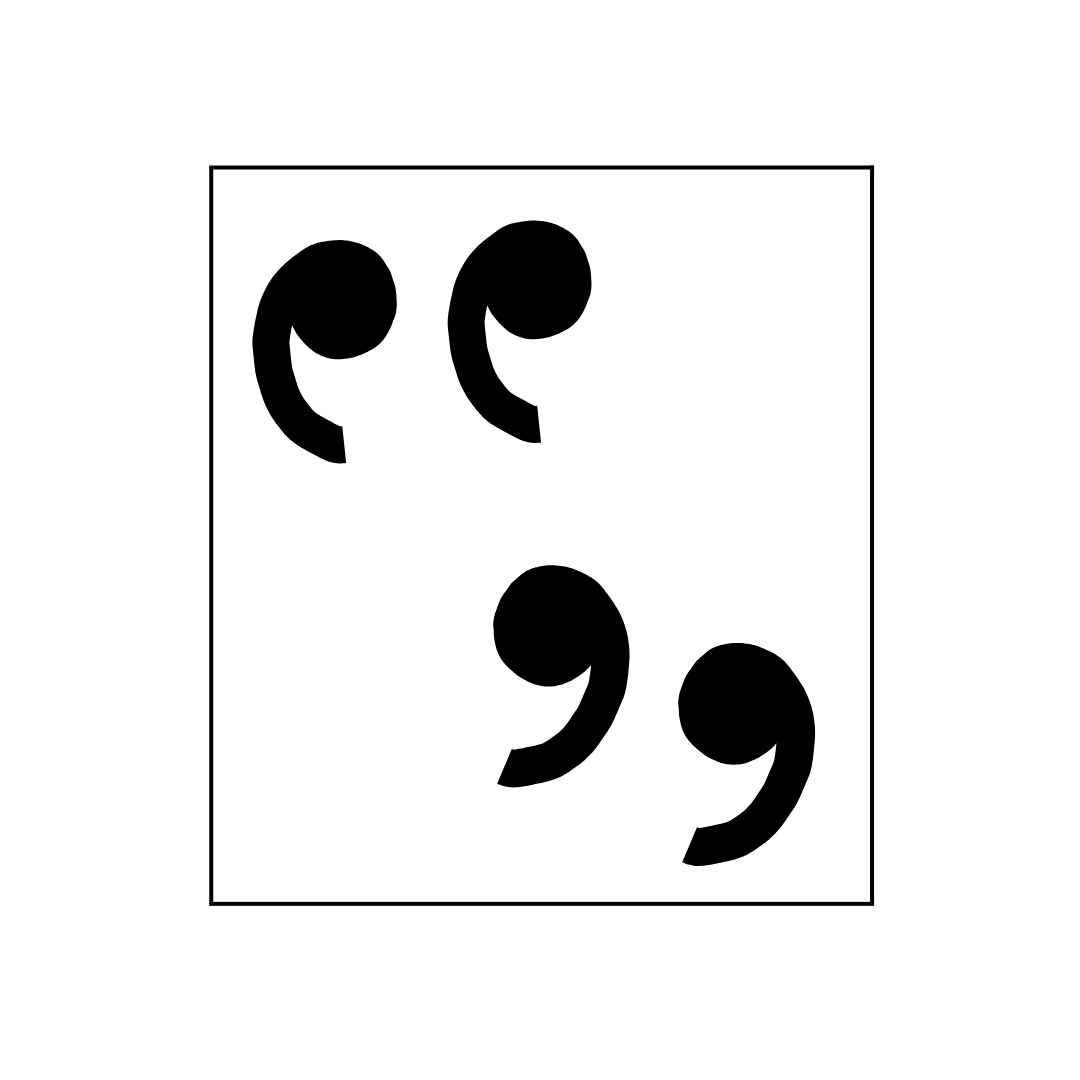En Dash
En Dash
The en dash is so named because it is as long as an uppercase ‘N’ is wide. It represents the word ‘to’ in certain circumstances, demonstrates connections between otherwise independent entities, and to link together certain kinds of compound words. The en dash may be used as a textual dash (see ‘Em Dash’) in some style guides, but following are its primary uses.
The unspaced en dash can be used to:
Replace the word ‘to’ in spans of figures, time and distance
1991–95
The final score was 4–6
Sydney–Melbourne train
If a number range is introduced with the word ‘from’, the word ‘to’ should be used instead of an en dash. The en dash should not be used to replace the word ‘and’.
From 1991 to 95
Between 1991 and 95
Indicate the association between words that have separate identities of equal value.
Parent–teacher conference
The Liberal–National government
When used this way, the words linked should be parallel in structure. Nouns should be linked with nouns, plurals with plurals, adjectives with adjectives and so on.
For example:
Hand–eye coordination
Versus:
Hand visual coordination
The minus symbol in mathematical settings.
It is unspaced when attached to a single number to indicate negative value:
–3
But is spaced when used as a verb.
34 – 56 (34 minus 56)
Link prefixes
Use an en dash when the prefix is linked to more than one word.
Non–English speaking country
Compound words where more than one word is used on either side of the dash.
A Hepatitis C–positive person.






